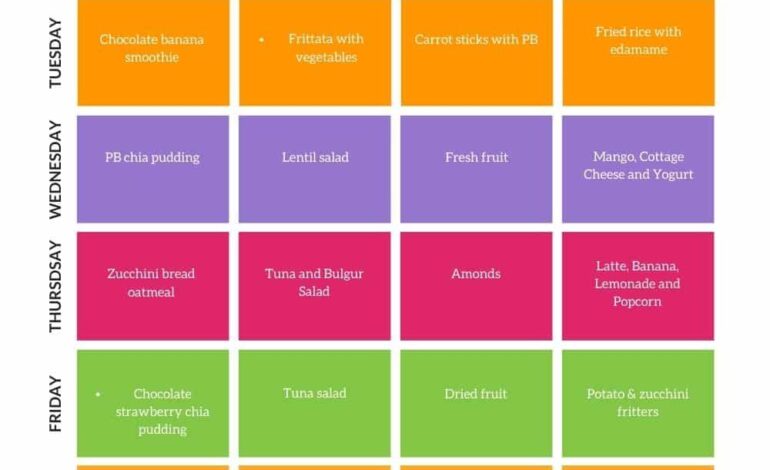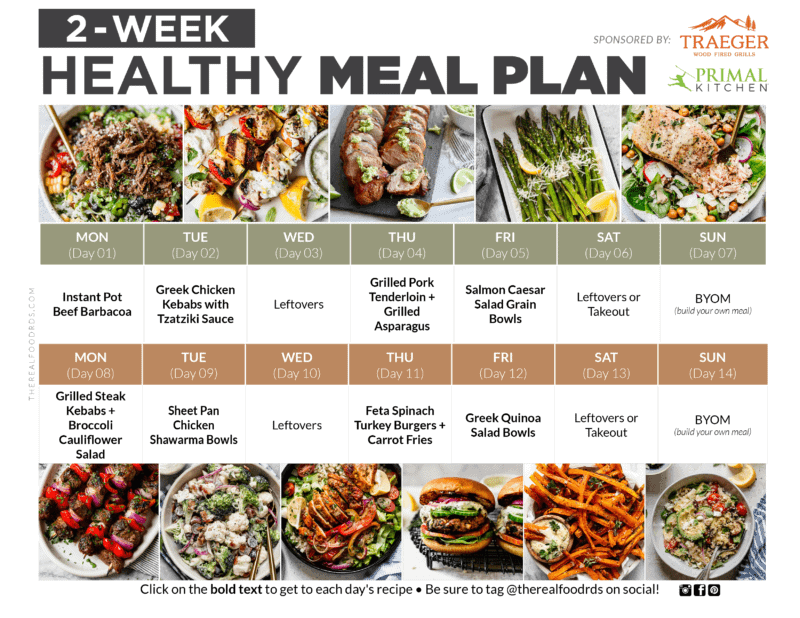Healthy Eating on a Budget

Eating Well Without Emptying Your Wallet: A Guide to Healthy Eating on a Budget
Let’s be honest – the idea of eating healthy can sometimes feel intimidating, especially when you picture mountains of fresh produce and gourmet ingredients. Many people assume that nutritious food is expensive, leading them to compromise on their health goals. But what if I told you that eating well doesn’t have to break the bank? This post will explore practical strategies for maintaining a healthy diet while keeping your grocery bill in check.
The Myth of Expensive Healthy Eating
It’s a common misconception that healthy food is inherently more expensive than processed or fast foods. While some specialty items certainly carry a premium price tag, the foundation of a truly healthy diet – fruits, vegetables, lean proteins, and whole grains – can be surprisingly affordable with the right approach.
Strategic Meal Planning: Your Budget’s Best Friend
Meal planning is arguably the most impactful strategy for saving money on groceries. It’s more than just deciding what you’ll eat each day; it’s about proactively organizing your meals to minimize waste and maximize efficiency. Here’s how to do it effectively:
- Inventory Check: Before heading to the store, take stock of what you already have in your pantry, refrigerator, and freezer. This prevents buying duplicates and ensures you use up existing ingredients.
- Plan Around Sales & Seasonal Produce: Look at weekly grocery flyers and plan meals based on what’s currently on sale. More on this later!
- Create a Weekly Menu: Write down your planned meals for the week, including breakfast, lunch, dinner, and even snacks. This gives you direction when shopping and reduces impulse purchases.
- Build Your Shopping List: Once you have your menu, create a detailed shopping list based on the ingredients needed. Stick to it!
- Consider Leftovers: Intentionally plan for leftovers that can be repurposed into lunches or incorporated into other meals. For example, leftover roasted chicken can become chicken salad sandwiches or added to soup.
Embrace Bulk Buying (Wisely!)
Buying in bulk *can* save you money – but only if done strategically. This works best for non-perishable items and foods your family consumes regularly.
- Staples to Consider: Think about grains like rice, oats, quinoa; legumes (beans, lentils); nuts and seeds; canned goods (tomatoes, beans, tuna); and even frozen fruits and vegetables.
- Beware of Perishables: Avoid buying large quantities of perishable items unless you’re confident you can use them before they spoil. Too much fresh produce can lead to wasted money.
- Check Unit Prices: Always compare the unit price (price per ounce or pound) of different sizes to ensure you’re actually getting a better deal with the bulk option. Sometimes, smaller packages are more economical.
Seasonal Produce: Nature’s Sales Event
Fruits and vegetables are at their peak flavor – and lowest prices – when they’re in season. This is because seasonal produce travels shorter distances and requires fewer resources to grow.

- Learn What’s In Season: Familiarize yourself with the seasonality of common fruits and vegetables in your region. A quick online search for “seasonal produce [your location]” will provide a handy guide.
- Embrace Frozen Fruits & Vegetables: Frozen produce is often cheaper than fresh, especially when out of season. Plus, it’s frozen at peak ripeness, preserving nutrients. They’re perfect for smoothies, soups, and stir-fries!
- Visit Farmer’s Markets (Sometimes): While not always the cheapest option, farmer’s markets can offer competitive prices on seasonal produce, especially towards the end of the market day when vendors may be looking to clear out their inventory.
Smart Protein Choices
Protein is essential for a healthy diet, but meat and fish can quickly drain your budget. Here are some affordable protein alternatives:
- Legumes: Beans, lentils, and chickpeas are incredibly cheap sources of protein and fiber. They’re versatile too – add them to salads, soups, stews, or make hummus!
- Eggs: A fantastic source of protein and nutrients at a relatively low cost.
- Canned Tuna & Salmon: Opt for canned light tuna (packed in water) and salmon for an affordable dose of omega-3 fatty acids.
- Tofu & Tempeh: Plant-based protein sources that are often cheaper than meat alternatives.
Minimizing Food Waste – A Key to Savings
Food waste is a major contributor to high grocery bills. By minimizing waste, you’re essentially saving money.
- Proper Storage: Learn how to properly store different types of food to extend their shelf life.
- Use Up Leftovers Creatively: As mentioned earlier, repurpose leftovers into new meals.
- Freeze Food: Freeze extra portions of soups, stews, and sauces for later use. You can also freeze bread, fruits, and vegetables to prevent spoilage.
- Compost Scraps: If you have a garden or access to composting services, compost food scraps instead of throwing them away.
Cook at Home More Often
This might seem obvious, but eating out regularly is significantly more expensive than cooking at home. Even simple meals prepared at home are generally healthier and cheaper than restaurant fare.
Don’t Forget the Little Things
Drink Water: Avoid sugary drinks – they’re expensive *and* unhealthy. Stick to water as your primary beverage.
Make Your Own Snacks: Pre-packaged snacks are often overpriced. Make your own trail mix, popcorn, or cut up fruits and vegetables for healthy and affordable snacking.
Conclusion
Eating healthy on a budget is entirely achievable with some planning and effort. By implementing these strategies – from meal planning to embracing seasonal produce and minimizing food waste – you can nourish your body without depleting your bank account. Remember, small changes can add up to significant savings over time, allowing you to prioritize both your health and your financial well-being.



